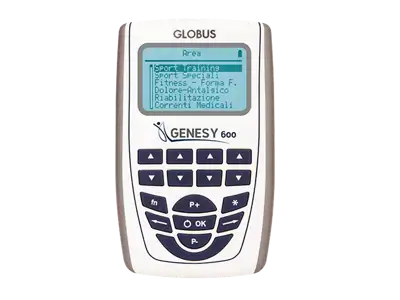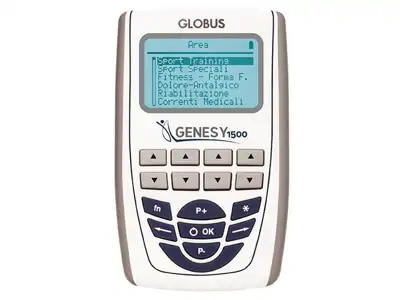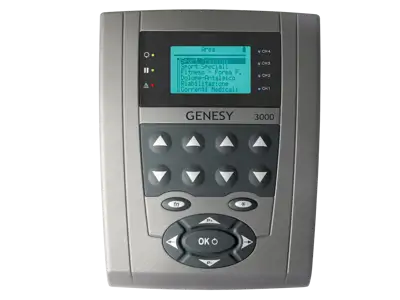Peripheral paralysis
In the case of peripheral paralysis, electrotherapy increases the chances of recovery (i.e. the paralysis is gone) many times over. The sooner you start, the better.
Read more...Peripheral paralysis is caused by damage or dysfunction of a nerve fibre that runs to the muscles. It can be temporary, partial or complete, which can significantly affect recovery time.
Motor nerves are responsible for sending movement "instructions" from the brain to the muscles. If the nerve pathway is damaged, muscle weakness or even complete inability to move occurs.
The symptoms depend on which nerve is damaged. Facial nerve paralysis (Bell's palsy), for example, is limited to one side of the face, but if the cervical spinal cord is injured, for example, movement of all four limbs may be lost.
Treatment
When a muscle is paralysed, you will usually get 5-10 days of treatment in specialist clinics. However, this is not enough. Treatment for peripheral paralysis usually needs to continue for months, sometimes even several years. The regeneration of the nerve fibre is very slow, usually 0.1-0.2 mm per day, but even in the most optimal case only up to 1 mm. The length of the facial nerve can be as short as 15-20 cm, i.e. 150-200 days is the shortest possible time. In peroneal nerve palsy, the length of the nerve fibre can be 60-70cm, which means a recovery time of up to 2-3 years.
You need to have daily electrical treatment because the muscle that has lost its nerve fibre (called denervated muscle) atrophies in a short time without the impulse to move it. If left untreated for a long period of time, the muscle will permanently deteriorate, overgrowing connective tissue and you will not be able to improve from there. With treatment you can maintain the muscle in a functional state until the nerve fibre regrows and reaches the muscle again. If the muscle is destroyed, then despite the regenerated nerve, your paralysis symptoms will no longer improve. If, on the other hand, you can still find intact muscle at this time, then muscle function will return.
Muscles that have suffered nerve fibre damage cannot be stimulated with just anything and in any way! For treating your neck that has been stiff, a shop-bought device is certainly not the way to go.The sooner you start electrotherapy after a paralysis, the better the chance of recovery and the faster the process.
In the case of paralysis, you should have 2-4 sessions a day at home. Stimulators for this purpose can be found in this group.
Back to top...


